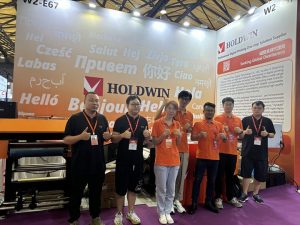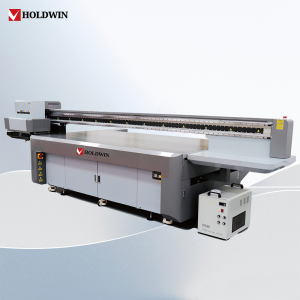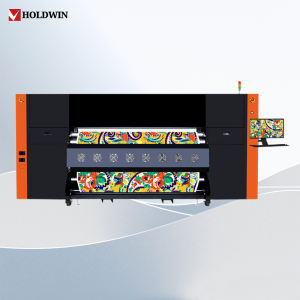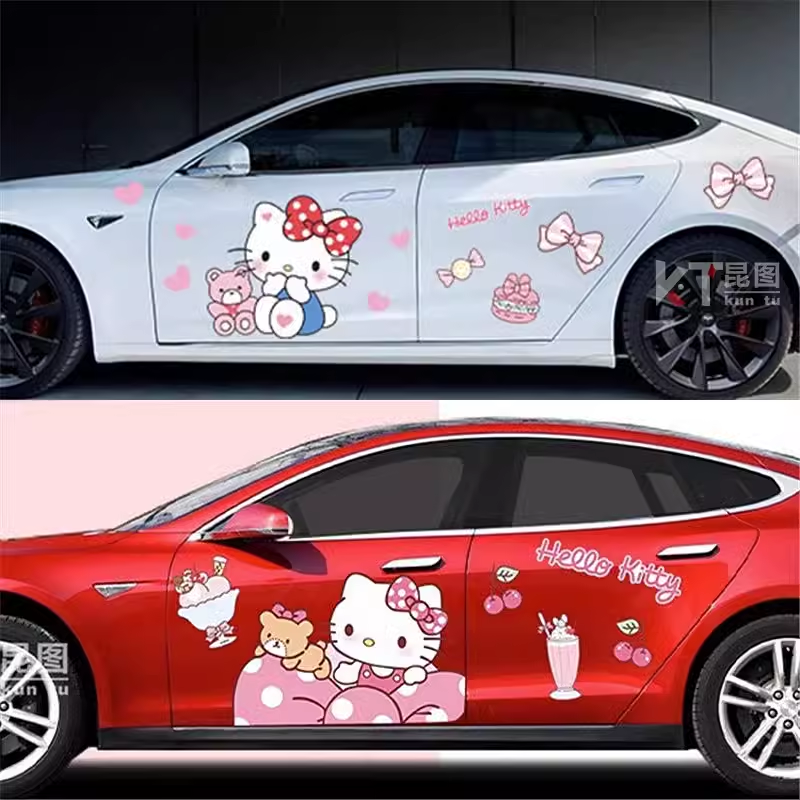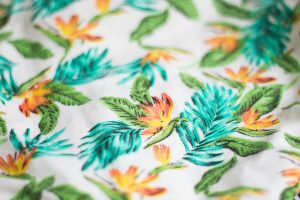1 Digital Printing Overview
1.1 Definition and Characteristics
1.1.1 Definition
Digital printing is a novel method of printing that utilizes digital inkjet printing technology to directly print on the surface of materials. It differs from traditional screen printing and transfer printing methods, achieving direct pattern transfer by spraying ink through a print head controlled by a computer.
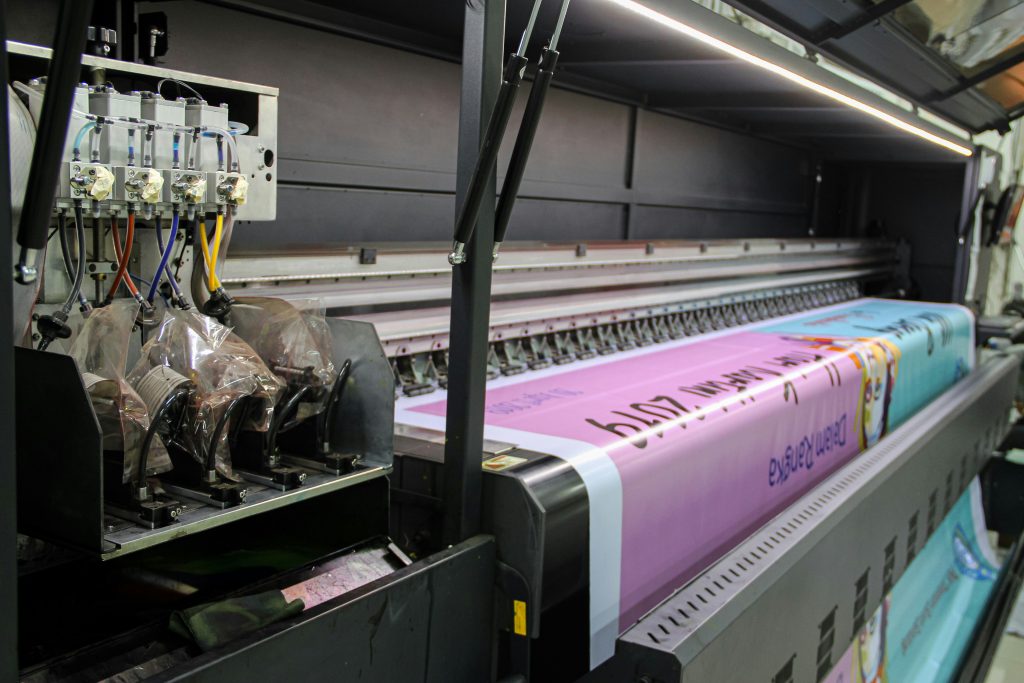
1.1.2 Characteristics
(1) High Design Flexibility: Designers can freely create a variety of complex and exquisite patterns on computers without the need for plate making, greatly enhancing the flexibility of design. At the same time, the modification and updating of patterns have become faster and more efficient.

(2) High Production Efficiency: The production process of digital printing is relatively simple, from design to printing can be quickly completed without complex preparatory processes, suitable for custom requirements of small batch and multiple varieties. This on-demand production model improves production efficiency.
(3) Environmentally Friendly: The digital printing process reduces chemical treatment, and the ink used can also be environmentally friendly, making the entire production process more environmentally friendly and energy-saving, reducing environmental pollution.
(4) Convenient Personalized Customization: Digital printing can quickly customize printing patterns according to individual customer needs, meeting consumers’ pursuit of personalized products. Personalized customization has become simpler and more efficient.
(5) Stable Product Quality: Digital inkjet printing technology can accurately control ink droplets to ensure that the printing effect of each product is consistent and high-quality, improving the reliability of product quality.
(6) Rich Color Expression: Digital printing uses computer color adjustment, with a more rich and dazzling color expression, which can meet various complex color requirements.

1.2 Technical Advantages
1.2.1 No Plate Making, Simplified Production Process
Traditional printing processes require plate making, including complex processes such as making mesh plates and engraving copper plates. Digital printing only needs to convert the design pattern into a digital file for direct printing, greatly simplifying the production process.
1.2.2 More Convenient Personalized Customization
Digital printing technology can quickly design and adjust patterns according to individual customer needs, meeting consumer demand for personalized products. Compared with traditional printing, personalized customization has become more efficient and convenient.
1.2.3 Suitable for Small Batch, Multiple Variety Production
Digital printing does not require cumbersome preparatory work, suitable for quickly responding to market changes, carrying out small batch, multiple variety personalized production. This on-demand production model is more flexible and efficient.
1.2.4 Environmentally Friendly and Energy-Saving, Reducing Chemical Treatment
Digital printing technology has greatly reduced chemical treatment, and the use of water-based environmentally friendly ink has also greatly reduced environmental pollution. The entire production process is more environmentally friendly and energy-saving, in line with the trend of sustainable development.
Digital printing technology has obvious advantages in aspects such as design flexibility, production efficiency, personalized customization, and environmental protection, bringing a disruptive change to the traditional printing industry.
2 Digital Printing Technology Principle
2.1 Digital Image Design
The first key step of digital printing is the design and creation of digital images.
2.1.1 Designers Create Printing Patterns on Computers
With the help of professional image processing software, designers can freely create various complex and exquisite printing patterns on computers. Compared with the limitations of traditional hand-painting, computer design provides a larger creative space and flexibility.
2.1.2 Convert Patterns into Digital File Formats
After the design is completed, it is necessary to convert the pattern into a digital file format, such as vector graphics, bitmaps, etc., for subsequent digital inkjet printing. This step ensures that the pattern can be recognized and output by the digital system.
2.2 Digital Inkjet Printing
2.2.1 Precise Control of Ink Drops with Tiny Print Heads
Digital printing uses digital inkjet printing technology, which precisely controls the amount and position of ink spraying through tiny print heads to achieve a highly accurate reproduction of the pattern.
2.2.2 Direct Spraying of Ink onto the Fabric Surface
The printing system will convert the digital printing pattern into inkjet instructions, spraying water-based environmentally friendly ink directly onto the fabric surface to form the required pattern effect.
2.2.3 Formation of the Required Printing Pattern
Through precise control of ink droplets, various complex patterns and effects created by designers can be reproduced on the fabric, meeting different personalized needs.
2.3 Material and Ink Matching
2.3.1 Diverse Effects Achieved with Different Fabrics and Inks
Digital printing technology can be applied to various different fabrics and materials, such as clothing fabrics, home textiles, decorative materials, etc. By selecting suitable water-based environmentally friendly inks, diverse printing effects can be achieved on different materials.
2.3.2 Such as Clothing, Home Textiles, Decorative Materials, etc.
To ensure printing quality and durability, it is necessary to carefully match the characteristics of ink and fabric. Designers and manufacturers need to choose the corresponding ink formula according to the water absorption, softness, and other characteristics of the fabric. At the same time, the color fastness, color brightness, and other indicators of the ink should also be considered to meet the needs of different application scenarios.
3 Digital Printing Application Fields
3.1 Apparel Industry

3.1.1 Personalized Custom Clothing
Digital printing technology can quickly customize personalized patterns according to individual needs, meeting consumers’ pursuit of personalized clothing. Apparel companies can use digital printing to provide customized services for customers, greatly improving user experience.
3.1.2 Small Batch Production
The apparel industry is facing the challenge of rapidly changing consumer markets, requiring a quick response to market demands. Digital printing is suitable for small batch, multi-variety production models, which can shorten the cycle from design to production and improve production efficiency.
3.1.3 Reduce Inventory
Traditional apparel production usually requires a large amount of inventory to cope with market changes, but the on-demand production model of digital printing can effectively reduce inventory, reducing capital occupation and storage costs.
3.1.4 Innovative Pattern Design
Digital printing technology breaks through the limitations of traditional printing, and designers can freely create various complex and exquisite patterns on computers, injecting more creativity and imagination into the apparel industry.
3.2 Home Textiles

3.2.1 Creating Personalized Home
Digital printing technology injects personalized elements into home textile products, allowing consumers to customize unique patterns and colors according to their own tastes and needs, meeting the needs for personalized decoration.
3.2.2 Quick Response to Market Changes
Compared with traditional home textile printing and dyeing processes, digital printing can launch new products faster, quickly responding to the ever-changing market demands. Manufacturers can adjust product designs in a timely manner according to fashion trends, significantly shortening the development cycle.
3.2.3 Enhancing Product Added Value
Digital printing can add rich and diverse visual effects to home textile products such as bedding and curtains, enhancing the artistry and personalization of the products, thereby increasing consumers’ desire to purchase and the added value of the products.
3.2.4 Environmentally Friendly and Energy-Saving
Compared with traditional printing and dyeing processes, digital printing uses water-based environmentally friendly inks, greatly reducing the consumption of water resources, energy, and chemical reagents, achieving a more environmentally friendly and energy-saving production method.
3.3 Decorative Materials
3.3.1 Diverse Pattern Selection
Digital printing technology provides a rich and diverse selection of patterns for decorative materials such as wallpapers, floors, furniture, etc. Designers can freely create various complex and exquisite patterns on computers, meeting consumers’ needs for personalized decoration.
3.3.2 Quick Sample Production
In the design and development of decorative materials, quick sample production is very important. Digital printing technology can quickly convert design drafts into physical samples, significantly shortening the sample production cycle and improving development efficiency.
3.3.3 Small Batch Production
Many decorative materials need to meet the production requirements of small batches and multiple varieties. Digital printing is suitable for this production model, which can flexibly produce various styles of decorative materials according to market demand quickly, reducing inventory backlog.
3.3.4 Environmentally Friendly and Energy-Saving
Compared with traditional printing and dyeing processes, digital printing uses water-based environmentally friendly inks, greatly reducing the consumption of water, energy, and chemicals, achieving a more environmentally friendly and energy-saving production method, in line with modern society’s requirements for sustainable development.
4 Development Trends of Digital Printing Technology
4.1 Improvement of Production Efficiency
Printing Speed Increase: With the continuous progress of key technologies such as print heads and inks, the printing speed of digital printing equipment will be further improved, significantly shortening the production cycle. The printing speed of a single device is expected to increase from tens of meters per hour to hundreds of meters per hour, greatly improving output efficiency.
Process Optimization: Through means such as automatic adjustment of process parameters and intelligent optimization of production plans, the production process of digital printing will be intelligent and automated, which can not only improve production efficiency but also reduce labor costs and shorten delivery times. In the future, digital printing workshops will further achieve unmanned intelligent production.
4.2 Expansion of Suitable Fabric Range
Covering More Natural Fabrics Such as Cotton, Linen, Silk, etc.: Digital printing technology will gradually achieve high-quality printing on natural fiber fabrics, meeting consumers’ demand for natural textile products. Through optimization of ink formulas and printing parameters, digital printing will achieve color fastness and hand feel comparable to traditional printing and dyeing processes.
Including More Synthetic Fabrics Such as Polyester, Nylon, etc.: In the future, digital printing will be applicable to a wider range of synthetic fabrics, such as polyester and nylon, expanding the application field. This will not only meet consumers’ personalized needs for
synthetic fabric products but also enhance the added value of synthetic fabrics.
4.3 Enhancement of Pattern Expressiveness
Improvement of Color Reproduction Accuracy: Through the upgrade of ink formulas and print head technology, digital printing can achieve more delicate and realistic color expression. The color performance of inks will continue to improve, expanding the achievable color range, providing designers with a richer color selection.
Improvement of Pattern Resolution and Clarity: The continuous optimization of print head performance, such as the improvement of micron-level precision of print heads and the minimization of ink droplet volume, greatly enhances the detail expressiveness of digital printing products. The pattern clarity and layering of future digital printing products will be further enhanced.
4.4 Reduction of Production Costs
Raw Material Cost Reduction: With technological progress and the effect of scale, the cost of raw materials required for digital printing, such as inks and fabrics, will gradually decrease. At the same time, the development of environmentally friendly inks will also drive down the price of inks.
Reduction of Energy Consumption: Optimization of production equipment and process, such as the use of energy-saving print heads and the optimization of drying systems, will significantly reduce the energy consumption in the production process of digital printing. The energy consumption per unit product will be greatly reduced in the future.
Reduction of Wastewater and Exhaust Emission: The use of environmentally friendly inks and the application of clean and efficient production processes will greatly reduce the environmental pollution impact of digital printing. The digital printing process that does not require washing and chemical treatment will become more and more popular.
4.5 Integration and Innovation with Emerging Technologies
Integration with IoT, Big Data, AI and other technologies: Digital printing will be deeply integrated with cutting-edge information technologies to achieve intelligent production management and personalized customization services. Technologies such as networked monitoring of production equipment, big data analysis and forecasting, and AI-assisted decision-making will be widely applied.
Providing Consumers with an Immersive Personalized Customization Experience: Combining with AR/VR and other technologies, digital printing will bring a new personalized shopping experience to consumers. Consumers can choose their favorite patterns and fabrics in a virtual fitting room and achieve one-click order production.
Utilizing Big Data Analysis to Predict Industry Trends: Using big data analysis technology, digital printing companies can more accurately understand market demand, explore potential consumer needs, and lead fashion trends. Functions such as intelligent design based on big data and production scheduling optimization will be widely applied.
5 Summary and Outlook
The development of digital printing technology has brought profound changes to the textile and apparel industry. It not only enhances the personalization and design flexibility of products but also greatly improves production efficiency and reduces resource consumption, injecting new momentum into the green development of the industry. It can be said that digital printing is becoming a key technology to promote the transformation and upgrading of the textile and apparel industry.
In the future, digital printing technology will continue to be deeply integrated with cuttingedge technologies such as IoT, big data, and artificial intelligence, providing consumers with a more immersive personalized customization experience, and empowering the digital transformation of textile and apparel companies, improving their agility in product development, manufacturing, and supply chain management.
At the same time, with the continuous strengthening of consumers’ environmental awareness, digital printing, as a green and environmentally friendly printing process, will also be widely applied. Digital printing technology will become an important engine to promote the sustainable development of the textile and apparel industry.
In summary, digital printing technology is reshaping the production model and consumer experience of the textile and apparel industry, promoting the entire industry towards a more intelligent, personalized, and environmentally friendly direction. It is believed that in the near future, digital printing will occupy an important position in the textile and apparel industry, leading the industry to a new stage of development.


